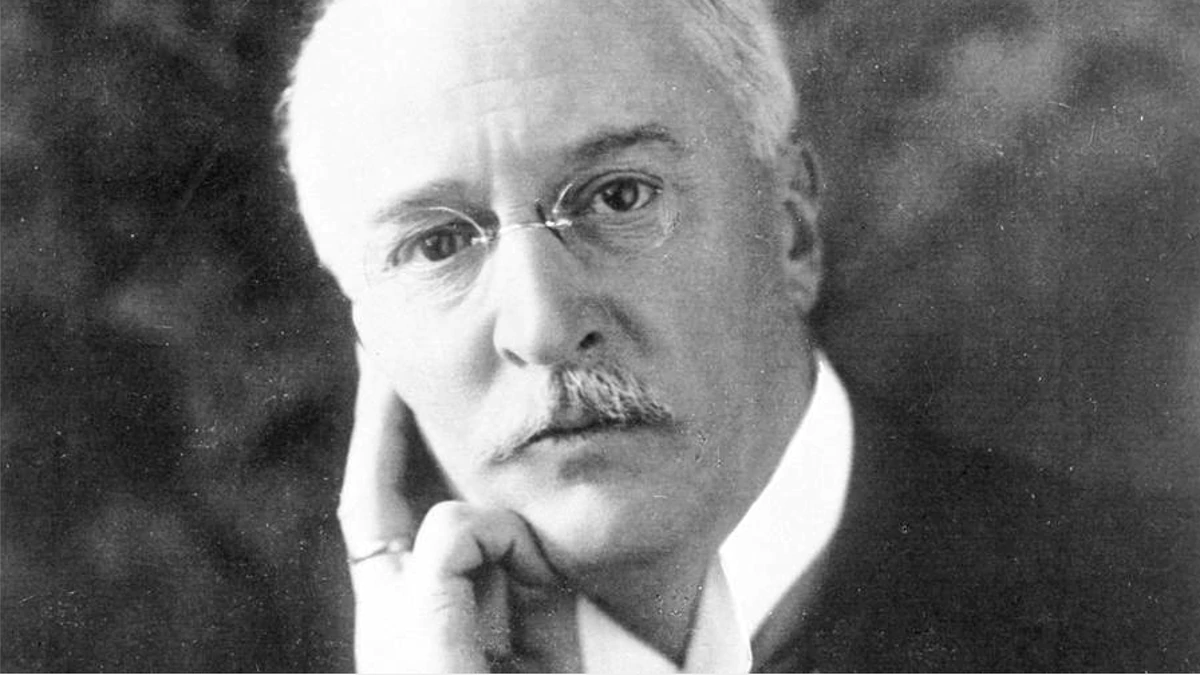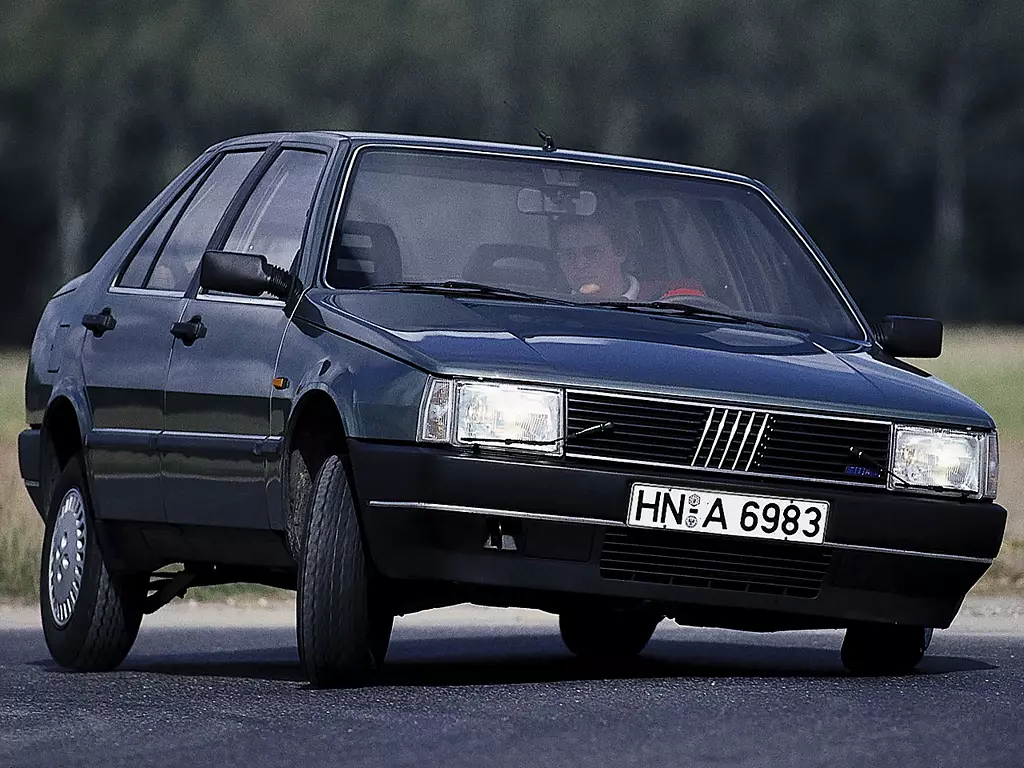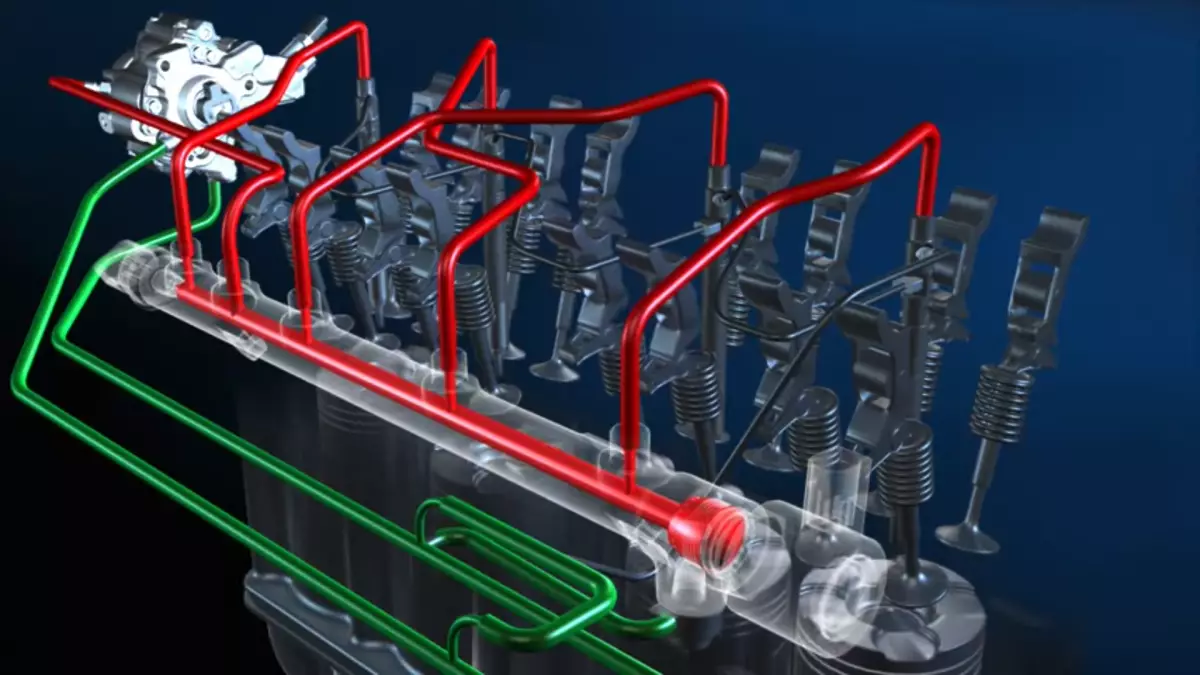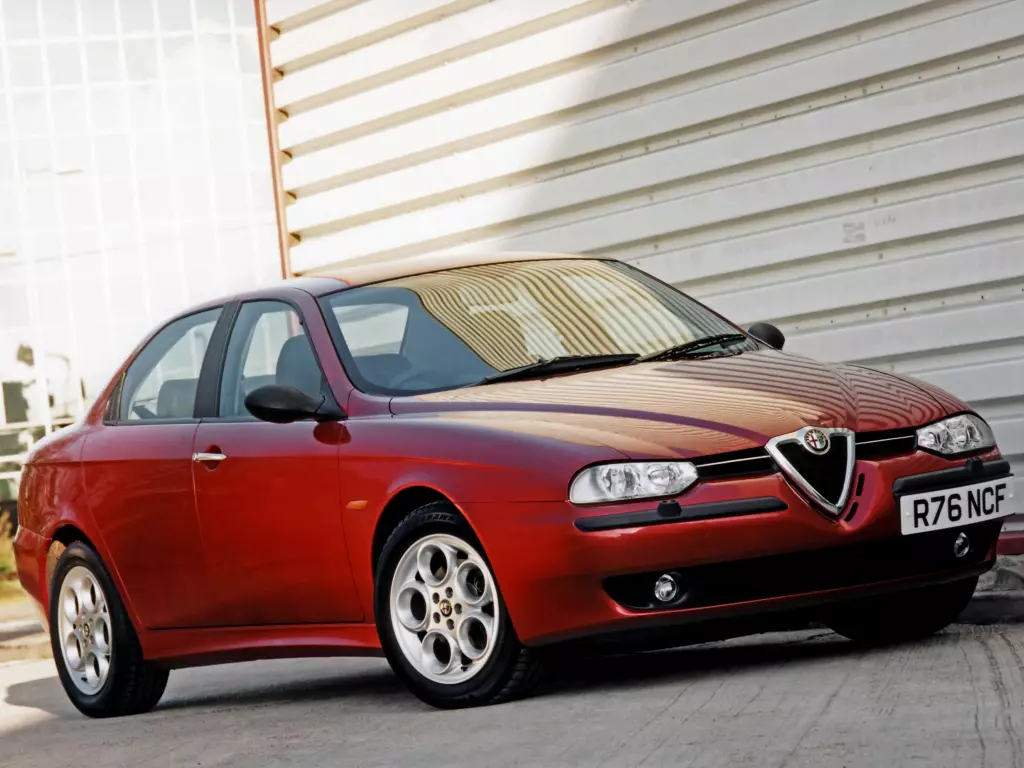Currently in disuse, due not only to the cost of technologies that reduce emissions, Diesel engines were, until recently, the «heroes» of the automobile industry. They won at Le Mans (Peugeot and Audi), won sales and won millions of consumers. But few will know that Fiat was the brand that most contributed to the evolution of Diesels as we know them today.
This article is about that contribution. And it's a long article, maybe even too long.
But honestly, I think it's worth it to waste a few minutes of life, writing (and reading…), some of the episodes that marked the life of an engine that was once great and is now… a beast!
In a nutshell: the most hated villain ever by all the associations that have “green” in their name.
everybody in europeLong live Diesels!
And then? Were we all mistaken about the virtues of this solution?! The answer is no.
Low fuel consumption combined with the lower cost of diesel, the torque available from low revs and the increasing pleasantness to drive were (and in some cases continue to be) strong arguments for consumers — I just tested a BMW with a 3.0 l Diesel engine and only a madman can say bad about that engine.
From the smallest SUV to the most luxurious executive, the European car industry had a diet based on diesel. So much or so little that not even the mythical 24 Hours of Le Mans escaped "dieselmania". In terms of taxation, a little of everything was done to make this fuel the favorite of companies and private consumers. In Portugal it's still like that.
Contextualization is needed…
Whenever I talk about Diesel engines I insist on making this contextualization because, all of a sudden, it seems that Diesels are the worst engines in the world and that we were all stupid to have a Diesel car in our garage. We weren't. I am very satisfied with my «old» Mégane II 1.5 DCi from 2004…
NO! They're not the worst engines in the world and no, you're not stupid.
It was the increasingly restrictive environmental regulations (accelerated by the emissions scandal), allied to the evolution of gasoline mechanics, as well as the most recent offensive of electric motors, that have dictated the slow death of this solution. The European institutions that once fostered the Diesels are the same ones that today want a litigious divorce with these engines, a kind of “it's not your fault, I'm the one who changed. we have to finish…”.

I confess that I feel some discomfort when I see politicians pointing out solutions, when in fact they should limit themselves to pointing out goals — builders must take the path they deem most correct to achieve the goals proposed by the political power and not the other way around. In the same way that they “sold” us in the past that Diesels were the best solution (and they weren't…), today they try to sell us electric motors. Could they be wrong? The past tells us it's a possibility.
Not least because not everyone seems satisfied with the path that the European institutions are taking. Mazda has already announced a new generation of combustion engines as efficient as electric motors; Carlos Tavares, CEO of PSA, has also shared his concerns; and just this week it was Linda Jackson, Executive Director of Citroën, who lowered expectations on electric powertrains.
Solutions aside, we all agree that the key is to reduce the environmental impact of mobility on the planet. Perhaps combustion engines can be part of the solution rather than the problem.
When Diesel was the worst engine in the world
Today they are not the worst engines in the world, but they once were. Diesels were once the poor relatives of combustion engines — for many, they continue to be. And after this gigantic introduction (with some criticism in between...), that's what we're going to talk about: the evolution of diesel engines. From the world's worst engines, to the world's best (in Europe)… to the world's worst engines again.
It's a story with a sad ending because as we well know, the main character will die… but her life deserves to be told.
Let's forget about the diesel engine birth part because it doesn't have much interest. But in a nutshell the diesel engine, also known as a compression-ignition engine, was an invention of Rudolf Diesel , which dates from the end of the century. XIX. Continuing to talk about his birth would oblige me to talk about thermodynamic concepts (such as the adiabatic system) to understand how compressing a fuel triggers an ignition. But what I really want is to get to the part where Fiat takes the concept and transforms it for the better.

So let's go radically a few decades and say that until the 80's, the Diesel engine was the Ugly Duckling from the Auto Industry . Boring, polluting, not very powerful, too noisy and smoky. A disgrace!
Are we comfortable with this generalization? If the answer is no, make use of the comments box.
It was then that Diesel met a beautiful Italian
Do you know the story of Prince Frog, popularized worldwide by the Grimm brothers? Well then, our “service frog” is the Diesel engine (yes, just two paragraphs ago it was an ugly duckling…). And like any true frog, the Diesel engine also had few noteworthy attributes. It was then that "our" frog met a beautiful lady of Italian origin, princess of the county of Turin, Fiat.She gave him a kiss. It wasn't a “French kiss” (aka french kiss) but it was a kiss called a unijet.
And with the story of kisses, the analogies are gone, because otherwise I'll get lost. But it was being easy to follow the story, wasn't it?
If not, what I wanted to say was that the Diesels were a disgrace until Fiat came along. It was neither Mercedes-Benz, nor Volkswagen, nor Peugeot, nor Renault, nor any other brand that turned diesel engines into a technology truly capable of animating a car. It was Fiat! Yes, Fiat.
This is where our story begins (truly)
Fiat became interested in Diesel engines in 1976. It was in this year that the Italian brand began to design technological solutions for the Diesel engine, perhaps driven by the 1973 oil crisis.
The first of these solutions to hit the market was direct injection. We had to wait until 1986(!) to see the first results of all these years of investment. The first model to use a direct injection diesel engine was the Fiat Croma TD-ID.

What dynamic performance!
The Fiat Croma TD-ID used a four-cylinder diesel engine with the overwhelming power of… 90 hp . Naturally, everyone dreamed of another version, the Croma Turbo i.e. which used a 2.0 l turbo petrol engine with 150 hp. The characteristic noise of the turbo (psssttt…) was the delight of the most dispatched drivers.
First steps of Unijet technology
The Fiat Croma TD-ID was the first decisive step towards the technological revolution in Diesel engines. With direct injection, important advances were made in terms of efficiency, but the noise problem remained. The Diesels were still noisy—too noisy!
It was then that Fiat found itself at a crossroads. Either they accepted the noisy nature of diesel engines and studied ways to isolate their vibrations from the cabin, or they tackled the problem head-on. Guess what option they took? Exactly… hello!
Part of the noise produced by these mechanics came from the injection system. That's why Fiat tackled the problem there, developing a quieter injection system. And the only injection system capable of fulfilling this objective was based on the principle of "common ramp" — now known as common rail.
The principle of the common rail system is relatively simple to explain (it's nothing…).
The basic principle of the common rail system was born at the University of Zurich, and Fiat was the first brand to put it into practice in a passenger car. The basic idea of this concept is quite simple and starts from the following principle: if we pump diesel continuously into a common reservoir, this reservoir becomes a hydraulic accumulator, a kind of pressurized fuel reserve, thus replacing the noisy unit injection pumps (a per cylinder).

The advantages are unmistakable. This system allows diesel pre-injection and injection pressure control regardless of engine speed or load.
In 1990 this system finally entered the pre-production phase, with the first prototypes being tested on a bench and under real conditions. This is where the problems started…
Bosch services
In 1993 Magneti Marelli and Fiat Research Center came to the conclusion that they did not have the experience or the money to transform this experimental concept into a mass production system. Bosch did.
It was then that Fiat sold the patent for this technology to Bosch, in a deal valued at 13.4 million euros — according to figures from Automotive News. In 1997, the first diesel engine with common rail technology in history was launched: the Alfa Romeo 156 2.4 JTD . It was a five-cylinder engine with 136 hp of power.

After all these years it's still beautiful. This one did well through the tests of time...
Once it was released, praise was not long in coming and the industry surrendered to this new technology. A new era in diesel engines was inaugurated.
Everything has a price…
The sale of the patent allowed for the faster development of this technology, but it also allowed the competition to “play their hands” on this technology much sooner.After all these years, the debate remains: has Fiat wasted the possibility of making billions of euros with this system and gaining a gigantic advantage over the competition? Bosch, which took the patent for this technology, sold more than 11 million common rail systems in a single year.
With the arrival of the new millennium, Multijet engines also arrived, which, unlike the Unijet system, allowed up to five injections of fuel per cycle, which significantly increased engine efficiency, response to low rpm, fuel economy and reduced emissions. Diesels were definitely “in fashion” and everyone resorted to this solution.
Learn from past mistakes?
In 2009, Fiat once again revolutionized combustion engine technology by introducing the MultiAir system. With this system, electronics arrived at a component that everyone thought was forever given over to mechanics: the control of valves.

This system, instead of using only the camshaft to control the opening of the valves directly, also uses hydraulic actuators, which increase or decrease the pressure in the hydraulic system, influencing the opening of the valve. In this way, it is possible to control the amplitude and opening time of each inlet valve separately, according to the engine speed and the needs of a given moment, thus promoting fuel economy or maximum mechanics efficiency.
Fiat clung to its patent and for a few years was the only one to use this technology. Today, we can already find this technology in more car groups: JLR's Ingenium gasoline engines and more recently the Hyundai group's SmartStream engines. Learn from past mistakes?
